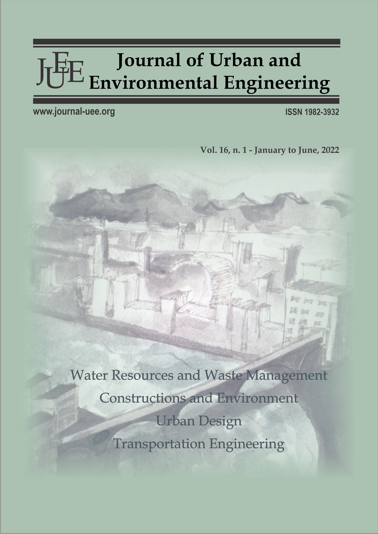CLASSIFICATION OF THE ORNAMENTAL STONES PROCESSING WASTE ACCORDING TO THE STANDARD NBR 10004/2004
Abstract
The processing of ornamental stones is responsible for generating a substantial amount of fine waste. Known as abrasive sludge, they present high fineness resulting from the intense comminution to which they are submitted and, consequently, their particles have a reduced surface area. This characteristic aids the release of elements previously fixed in the crystalline structure of the minerals. The abrasive sludge is commonly deposited in open-air settling ponds, a factor that poses a contamination risk to local ecosystems and human health. Aiming to minimize such impacts, leaching and solubilization represent one of the tools for controlling the effects of the environmental disposal of these residues. In this sense, the Brazilian legislation, through the norm NBR 10004/2004 of ABNT, establishes criteria for classifying waste based on its polluting potential when leached and/or solubilized. Thus, the objective of this work was to investigate the risk of contamination of the abrasive sludge generated by companies located in the city of Campina Grande - PB in relation to the local ecosystem. The methodology consisted in the characterization of the samples by XRD, XRF, TG and DTA and particle size analysis. Afterwards, it was submitted to leaching and solubilization processes, enabling the classification according to the parameters established by the standard in force. The results obtained showed a majority chemical composition of silica (49.47%) and alumina (14.39%) and a mineral composition with quartz, anorthite and biotite. The particle size analysis confirmed the prevalently fine constitution characteristic of this type of material, while the thermal analyses pointed to endothermic peaks related to the decomposition of calcite into CO2' and the melting temperature of the abrasive slurry. Finally, the leached extract of the sample did not show any elements with concentrations above the allowed limits, and was therefore classified as Non-Hazardous. The solubilized extract showed an aluminium concentration of 0.50 mg.L-1 while the maximum value allowed by the standard is 0.20 mg.L-1 thus, it is a Non-Inert waste




